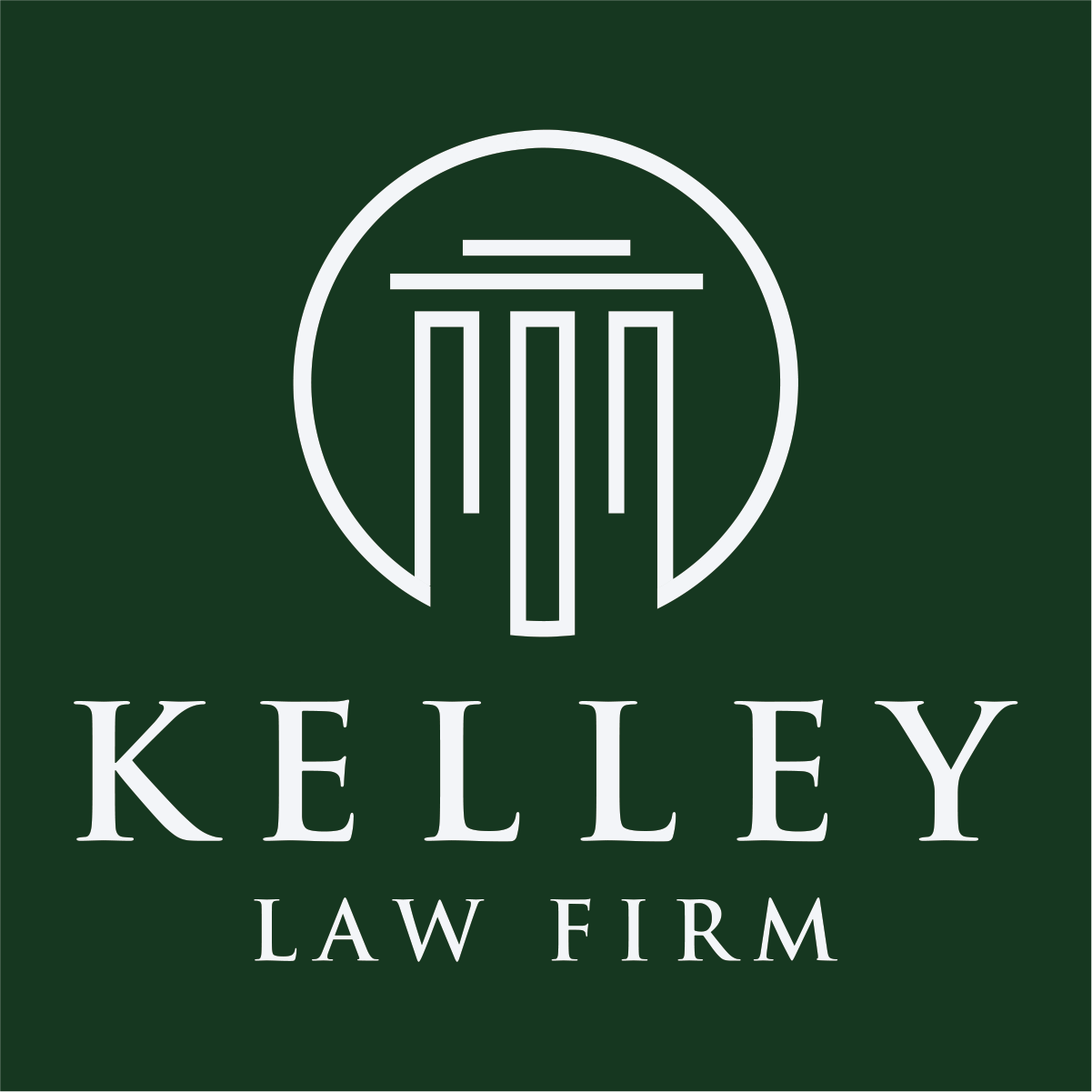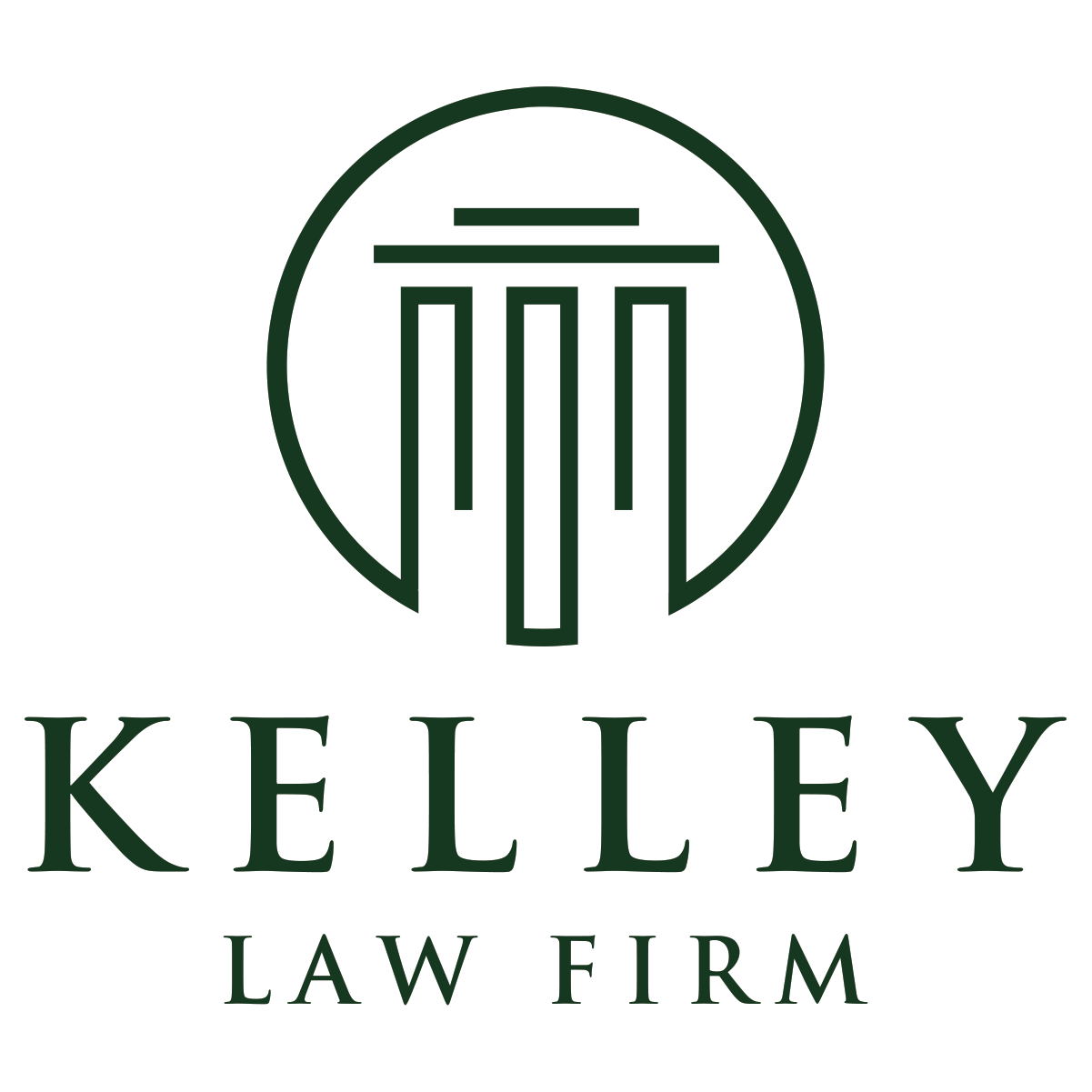Ascertainable Standards in Estate Planning: What They Are and Why They Matter
Understanding Ascertainable Standards in Estate Planning: The Key to Smart Trust Design and Tax Protection

In the world of estate planning, trust language is critical. A few key words can determine whether assets are protected from creditors, how much discretion a trustee has, or whether trust distributions are subject to gift or estate tax. One particularly important concept is the use of ascertainable standards.
Despite sounding technical, ascertainable standards are a powerful estate planning tool that can offer clarity, tax efficiency, and protection for both beneficiaries and trustees. This article explores what ascertainable standards are, why we use them, and how they function within the context of a well-drafted estate plan.
What Are Ascertainable Standards?
An ascertainable standard is a legal term used in trust law that refers to specific, objective guidelines a trustee must follow when distributing trust assets to beneficiaries. These standards are defined under federal tax law, particularly in IRC §2041(b)(1)(A) and IRC §2514(c)(1). The most common ascertainable standards are:
- Health
- Education
- Maintenance
- Support
Collectively, these are often abbreviated as HEMS. When a trust limits distributions to a beneficiary (or allows a trustee to make distributions to themselves or others) for HEMS purposes only, the IRS treats this as an ascertainable (i.e., measurable and objective) limitation.
Why Do We Use Ascertainable Standards in Estate Planning?
Using ascertainable standards serves several important purposes:
1. Avoiding Estate Tax Inclusion
If a person (such as the grantor’s child) is both a trustee and a beneficiary of a trust, and if they have the authority to distribute assets to themselves for any reason, the IRS may include the value of the trust assets in their taxable estate when they die. This could result in significant estate tax liability.
However, if the trustee’s discretion is limited to distributions for health, education, maintenance, and support, then under federal tax law, that discretion is not considered a "general power of appointment." This keeps the trust assets out of the trustee-beneficiary’s estate for estate tax purposes.
2. Creditor Protection
Ascertainable standards also help shield trust assets from creditors. If a beneficiary's access to trust funds is limited to specific purposes like HEMS, creditors may be unable to force distributions or attach trust assets. This protection varies by state law, but generally, more restrictive standards result in better protection.
3. Trustee Guidance and Accountability
Ascertainable standards offer a practical benefit: they provide a framework for trustees to make fair and consistent distribution decisions. Rather than relying on vague or subjective language like “comfort” or “best interests,” trustees can ask: Is this request related to health, education, maintenance, or support?
This standard helps reduce conflicts between trustees and beneficiaries, as the trust language sets clear boundaries for permissible distributions.
4. Gift Tax Avoidance
If a person has the power to make distributions to others for any reason, that power could be considered a gift under the tax code. By using ascertainable standards, such powers are not deemed to trigger gift tax, provided the distributions are reasonably tied to HEMS purposes.
Breaking Down the HEMS Standard
Let’s take a closer look at each component of HEMS to understand how trustees interpret and apply these standards:
Health
This typically includes medical care, dental care, mental health services, long-term care, health insurance premiums, and related costs. If a beneficiary needs surgery or prescription medication, the trustee can distribute funds to cover those expenses.
Education
Education is broadly defined to include private school tuition, college, graduate programs, vocational training, study abroad programs, and sometimes even tutoring or continuing education. Room, board, and books may also qualify if they relate directly to educational pursuits.
Maintenance
Maintenance refers to the standard of living the beneficiary is accustomed to. This can include rent or mortgage payments, utility bills, food, clothing, transportation, and other everyday living expenses. Trustees must consider the beneficiary’s current and prior lifestyle when evaluating these requests.
Support
Support is closely related to maintenance and typically overlaps. It includes financial support necessary for the beneficiary’s reasonable well-being, such as childcare, travel expenses necessary for work, or assistance with disabilities.
How Ascertainable Standards Appear in a Trust
Here’s a typical clause you might find in a trust document:
“The trustee may distribute to or for the benefit of the beneficiary such amounts of income or principal as the trustee deems necessary for the beneficiary’s health, education, maintenance, and support.”
By including this language, the trust ensures that:
- The trustee has guidance and discretion.
- The trust assets stay out of the trustee-beneficiary’s estate.
- The trust receives favorable treatment under IRS rules.
- The trustee is protected from liability if they follow the standard in good faith.
Ascertainable Standards vs. Discretionary Trusts
While a HEMS standard provides structured discretion, some trusts grant trustees complete discretion to make or withhold distributions. These are known as discretionary trusts. In such trusts, the trustee has broad power to decide what’s appropriate.
Though discretionary trusts offer strong creditor protection, they come with trade-offs:
- A trustee-beneficiary with complete discretion could trigger estate tax inclusion.
- Courts may have difficulty enforcing the trust if disputes arise, since “pure discretion” lacks objective standards.
By contrast, HEMS standards strike a balance—offering enough flexibility to address beneficiaries’ real needs while retaining key legal protections.
Practical Considerations for Grantors and Trustees
If you’re creating a trust:
Be Clear: Use specific, recognizable standards like HEMS to guide trustees.
Choose Trustees Wisely: If a trustee is also a beneficiary, limit their power to distribute funds to themselves under the HEMS standard to avoid estate tax exposure.
Review State Law: While HEMS is recognized federally, creditor protection and tax treatment can vary by jurisdiction.
If you’re serving as a trustee:
Document Decisions: Always keep records showing how a distribution request was evaluated under the HEMS criteria.
Stay Within Bounds: Even if a request seems reasonable, if it falls outside the HEMS standard (e.g., gifts to friends or extravagant vacations), it may not be allowed.
Consult a Professional: When in doubt, get legal or tax advice before approving major distributions.
Conclusion
Ascertainable standards are one of the cornerstones of thoughtful trust design. They provide clear, tax-compliant guidelines for how and when trust funds can be used, especially when beneficiaries also serve as trustees. By limiting distributions to health, education, maintenance, and support, a trust can achieve critical goals: asset protection, tax minimization, and administrative clarity.
While HEMS language may seem like a small detail, its implications are significant. Whether you're planning your estate or serving as a trustee, understanding and properly applying ascertainable standards can make all the difference in preserving wealth and ensuring a smooth trust administration.


